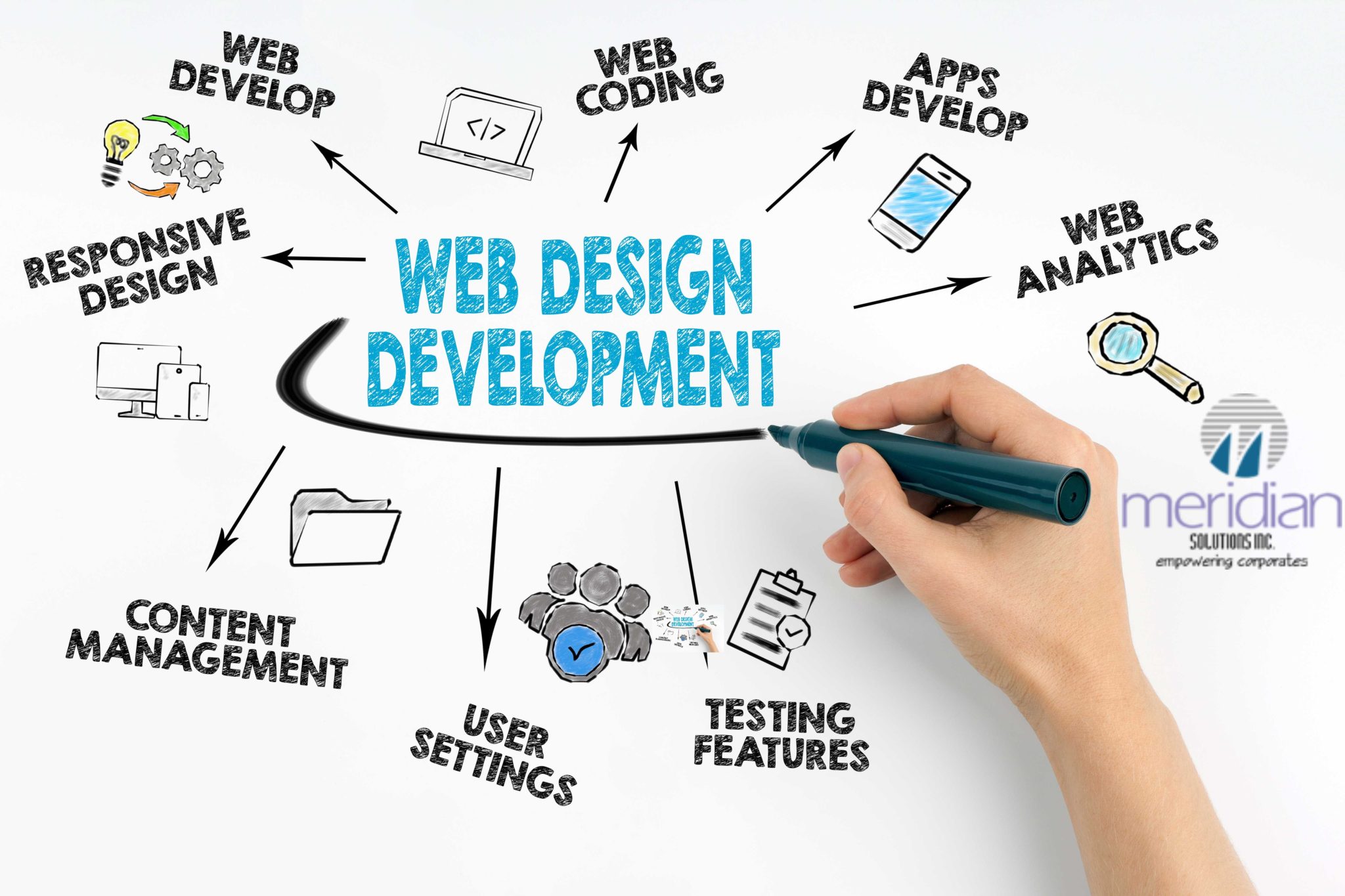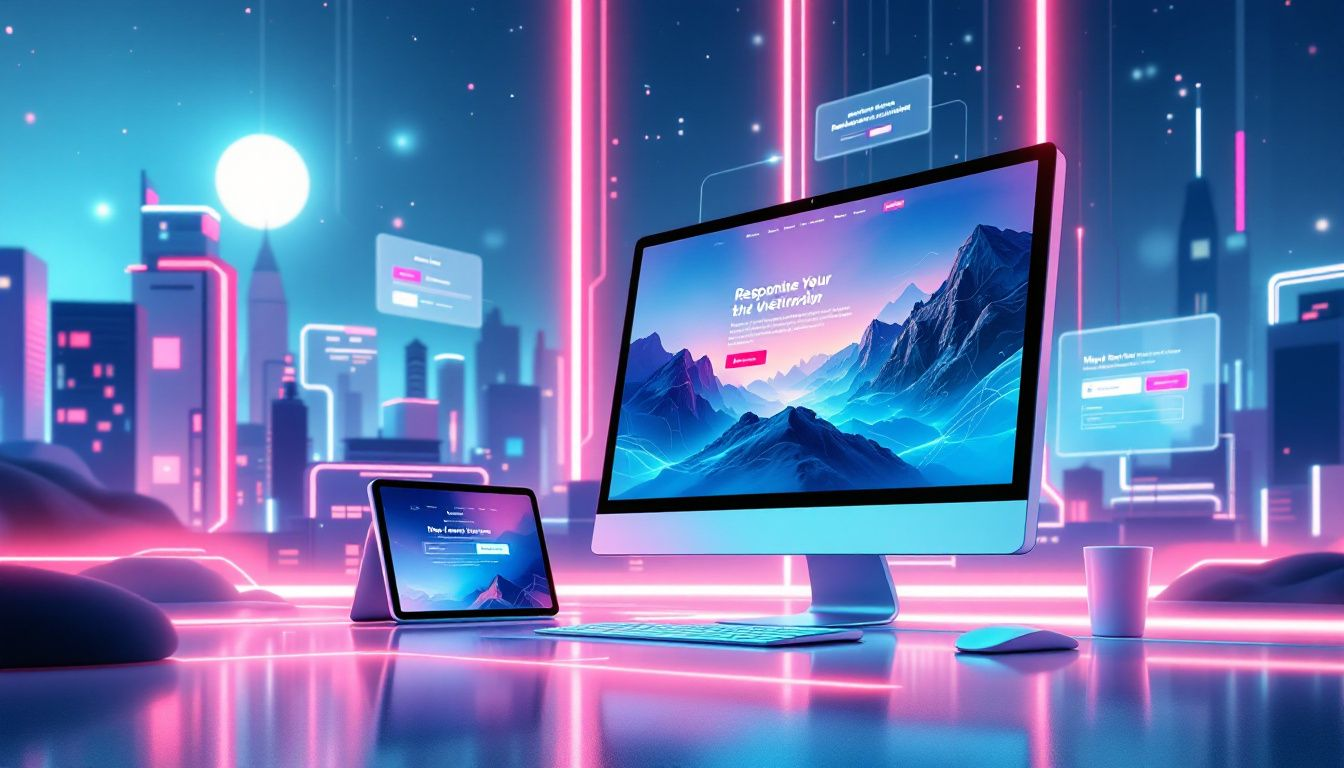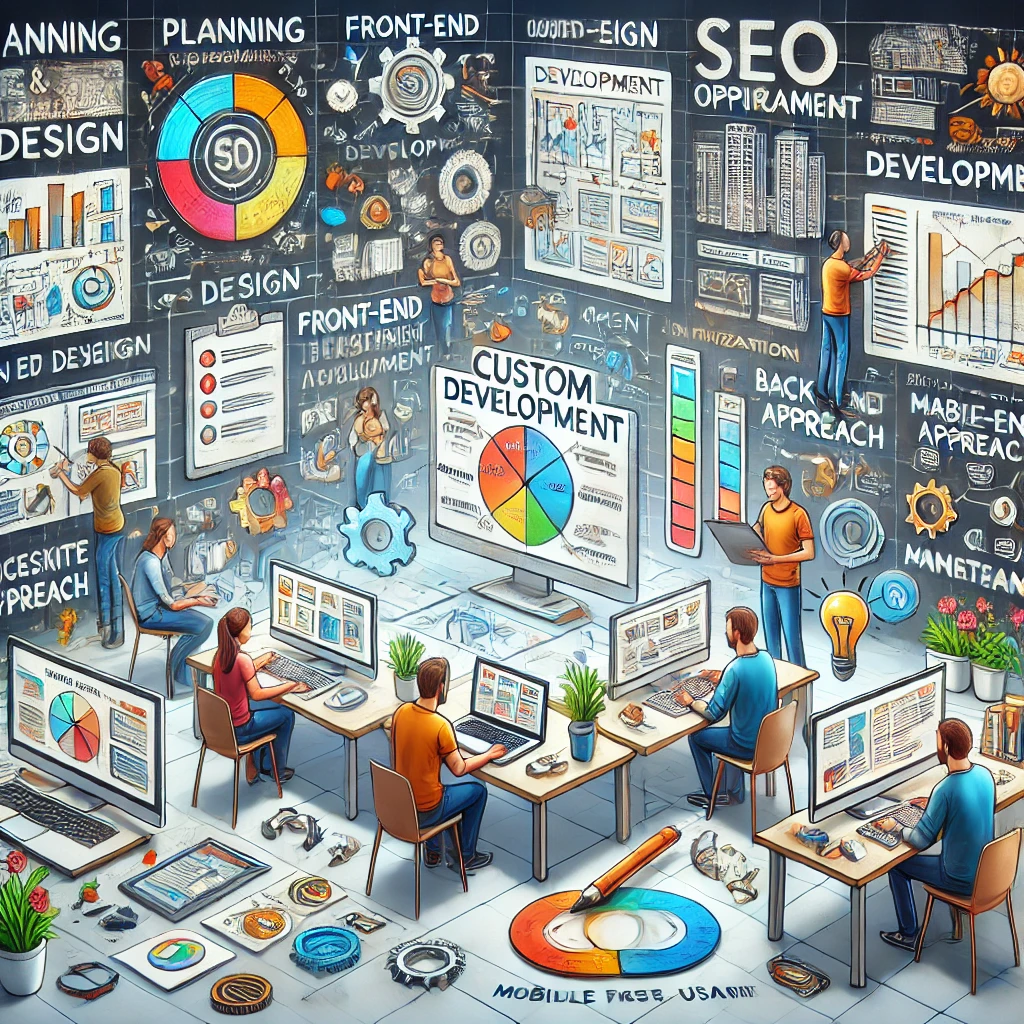PUBLISHED ON: April 17, 2025

Let's Talk
In the modern digital landscape, your website is more than just a business card it’s your storefront, your first impression, and often your primary sales channel. Whether you’re an entrepreneur launching a new brand, a corporate firm aiming to modernize your online presence, or a freelancer showcasing your portfolio, understanding the essentials of website designing and development is key to success.
This web development guide walks you through every critical stage from concept to deployment so you can approach your project with confidence and clarity.
Understanding Website Designing and Development
Website design and development are often treated as a single process, but they encompass two distinct disciplines. Website design focuses on visual appeal and user interface (UI), while development deals with functionality and performance. Together, they create responsive, engaging, and professional websites that offer users seamless navigation across devices. For businesses in today’s digital-first economy, investing in custom website design and solid development is not just a trend it’s a necessity.Setting Goals and Purpose
Before you begin building, it's important to define the goal of your website. Are you launching an online store, a personal blog, a business portal, or a portfolio? Your answer determines how the website development process will unfold. If your aim is to generate leads or conversions, your site must be structured accordingly. A clear understanding of your visitors' needs is essential, especially when working with website development services providers or freelancers.Planning: The First Step to Success
No successful website is created without proper planning. This begins with mapping out a responsive website design strategy ensuring your website works across all screen sizes. Your web design guide should include layout planning, navigation logic, and decisions around color schemes and typography. Choosing the right tools and technologies is equally vital. Many companies now opt for full stack web development to create scalable and interactive applications. Meanwhile, small businesses might benefit from easy-to-manage CMS platforms or website builders.UI/UX Design: More Than Just Aesthetics
Design isn’t just about looking good it’s about guiding users. Great UI UX web design emphasizes usability, visual hierarchy, and interaction flow. Typography, spacing, contrast, and imagery all play a part in building a visually balanced design that appeals to your audience. Trends in mobile friendly website design have made it essential for every website to offer seamless navigation on smartphones and tablets. A responsive website automatically adjusts its elements for the best possible display across devices this has also become a significant ranking factor for SEO.Frontend and Backend Development
Frontend development brings your website’s visuals to life. It involves HTML, CSS, and JavaScript, along with frameworks like React and Vue.js. These tools allow developers to create dynamic, interactive components while ensuring fast load times and a smooth browsing experience. Meanwhile, the backend development handles database management, server-side functions, and API integrations. Whether you use Node.js, Python with Django, or PHP with Laravel, the goal remains the same building a secure and functional site that performs under load. Understanding the difference between front end and back end development helps stakeholders better communicate with their technical teams and agencies.Creating Engaging, Optimized Content
Strong, optimized content forms the foundation of any effective website. Content should be clear, concise, and aligned with your brand voice. Blog articles, product descriptions, landing pages, and FAQs must be written with both the user and search engines in mind. Including primary search queries such as how to design a website or website designing course helps improve your site’s visibility on search engines. Content marketing can drive long-term traffic and position your brand as an authority in your industry.SEO: Making Your Website Discoverable
A major focus of any web development step by step strategy should be SEO. This includes on-page SEO like optimizing headers, using clean URLs, image alt tags, internal links, and meta tags. The goal is to make it easier for search engines to crawl, index, and rank your content. Technical SEO covers performance aspects such as mobile optimization, page speed, schema markup, and security with HTTPS. Tools like Google Search Console, Ahrefs, and SEMrush are essential in ongoing SEO monitoring. If you're using platforms like WordPress, plugins like Yoast SEO can help automate many of these processes.Testing and Launching Your Website
Thorough testing ensures that the website works flawlessly on all devices and browsers. This phase includes performance tests, cross-browser checks, broken link scans, and contact form validation. Once everything is verified, your website can be launched with confidence. Make sure your website development services provider sets up Google Analytics and Search Console for performance tracking post-launch.Maintenance: Keeping Your Website Updated
Launching a website is not the end it’s only the beginning. Regular maintenance ensures everything runs smoothly. This includes updating themes, plugins, content, and checking SEO performance. With changing trends and technologies, your website should evolve too. Keeping up with the latest in web development best practices ensures long-term success.Popular Tools for Website Designing & Development
Today’s developers and designers rely on powerful tools to streamline their work. Figma, Adobe XD, and Canva are excellent for designing UI prototypes. Visual Studio Code is a preferred IDE for coding. For those using content management systems, WordPress remains a dominant player thanks to its flexibility and wide plugin ecosystem. For e-commerce projects, Shopify and WooCommerce are excellent choices. Developers working on advanced projects might leverage headless CMS platforms, especially in full stack web development projects.Conclusion
A well-designed and developed website is the cornerstone of digital success. This Website Designing & Development Guide serves as a roadmap from planning and design to development, optimization, and maintenance. Whether you’re building a corporate site, e-commerce store, or personal portfolio, applying best practices in content, SEO, and design ensures long-term results.References
No references available for this blog.




